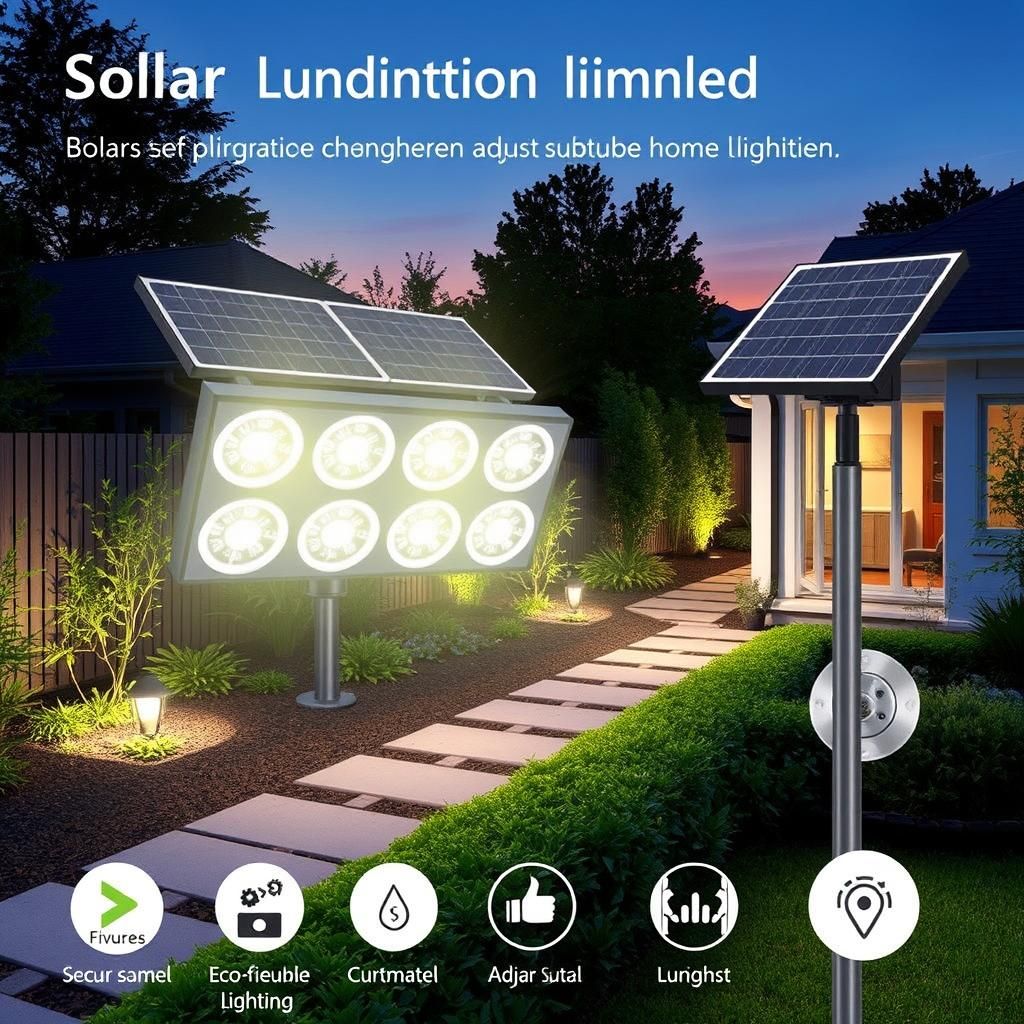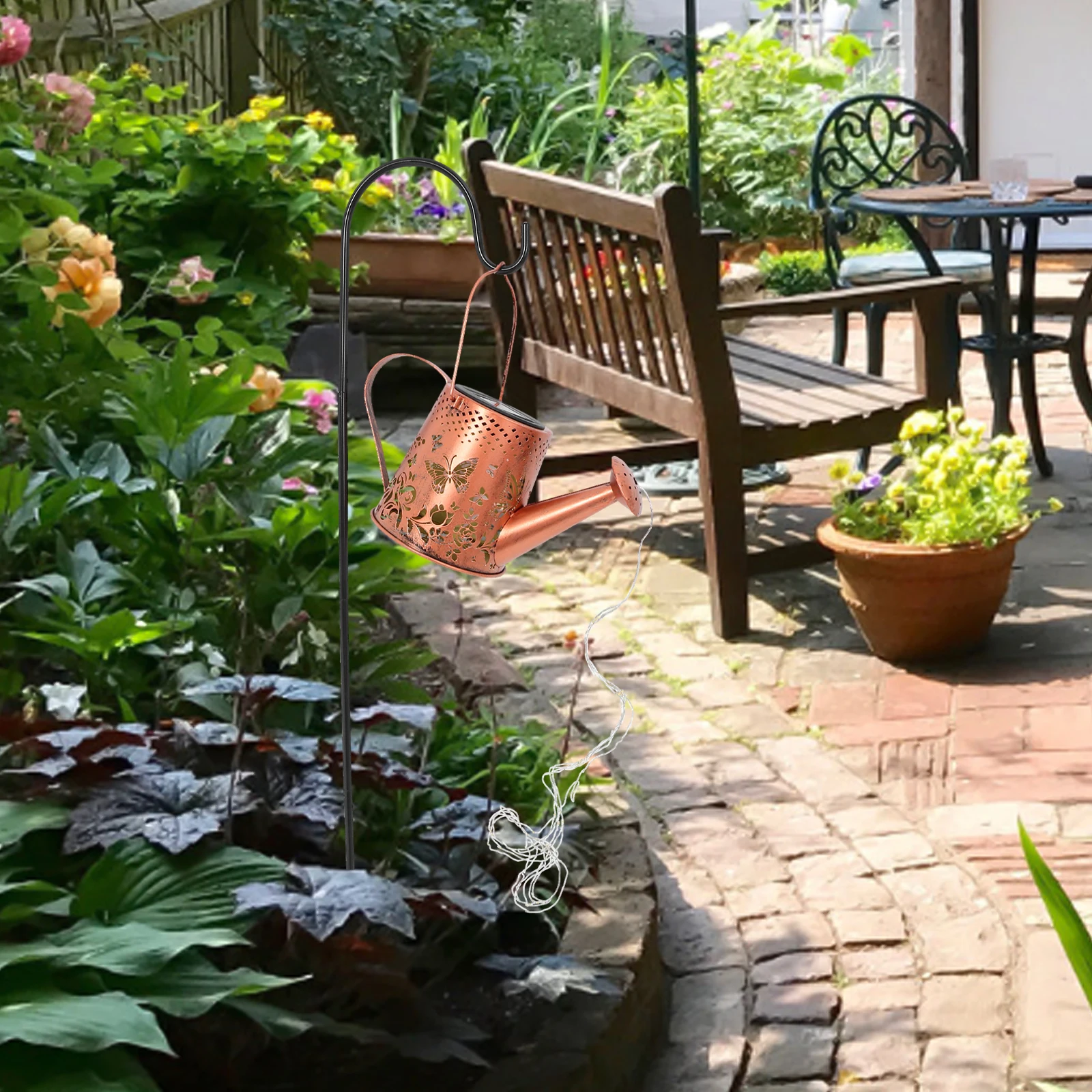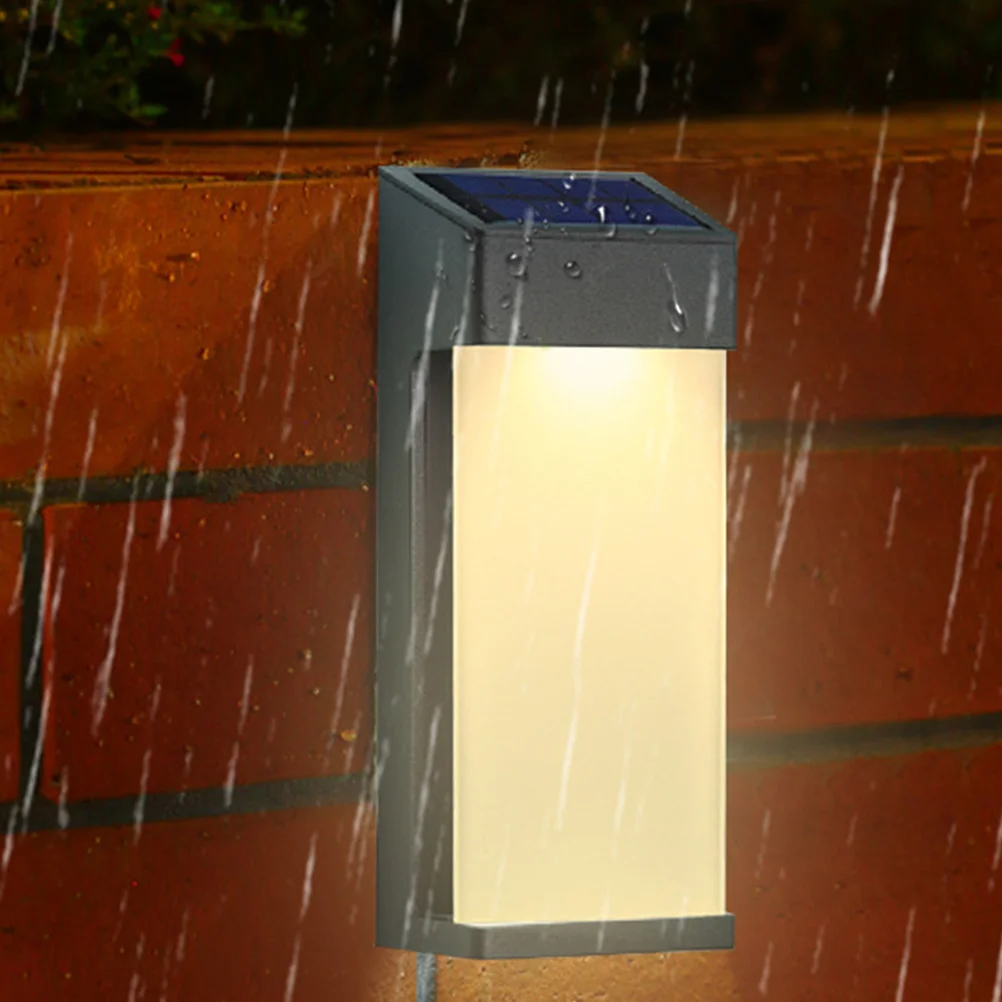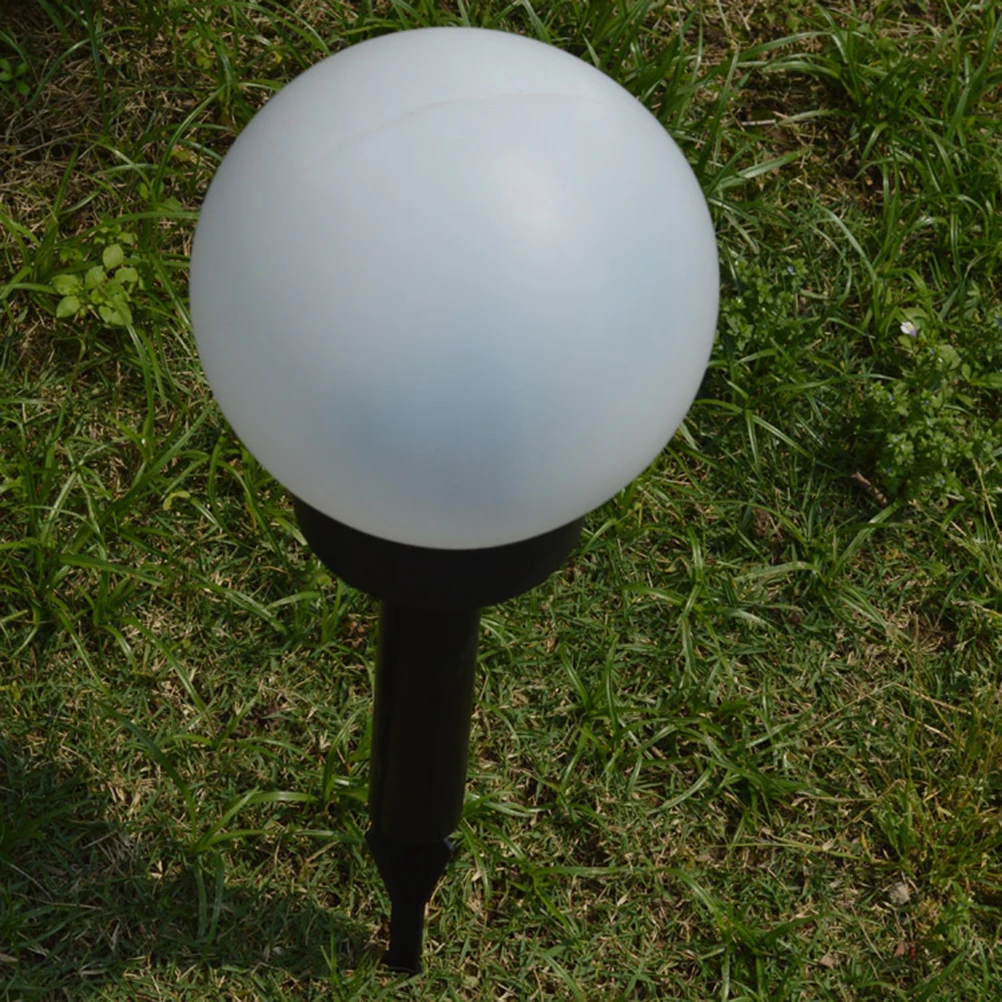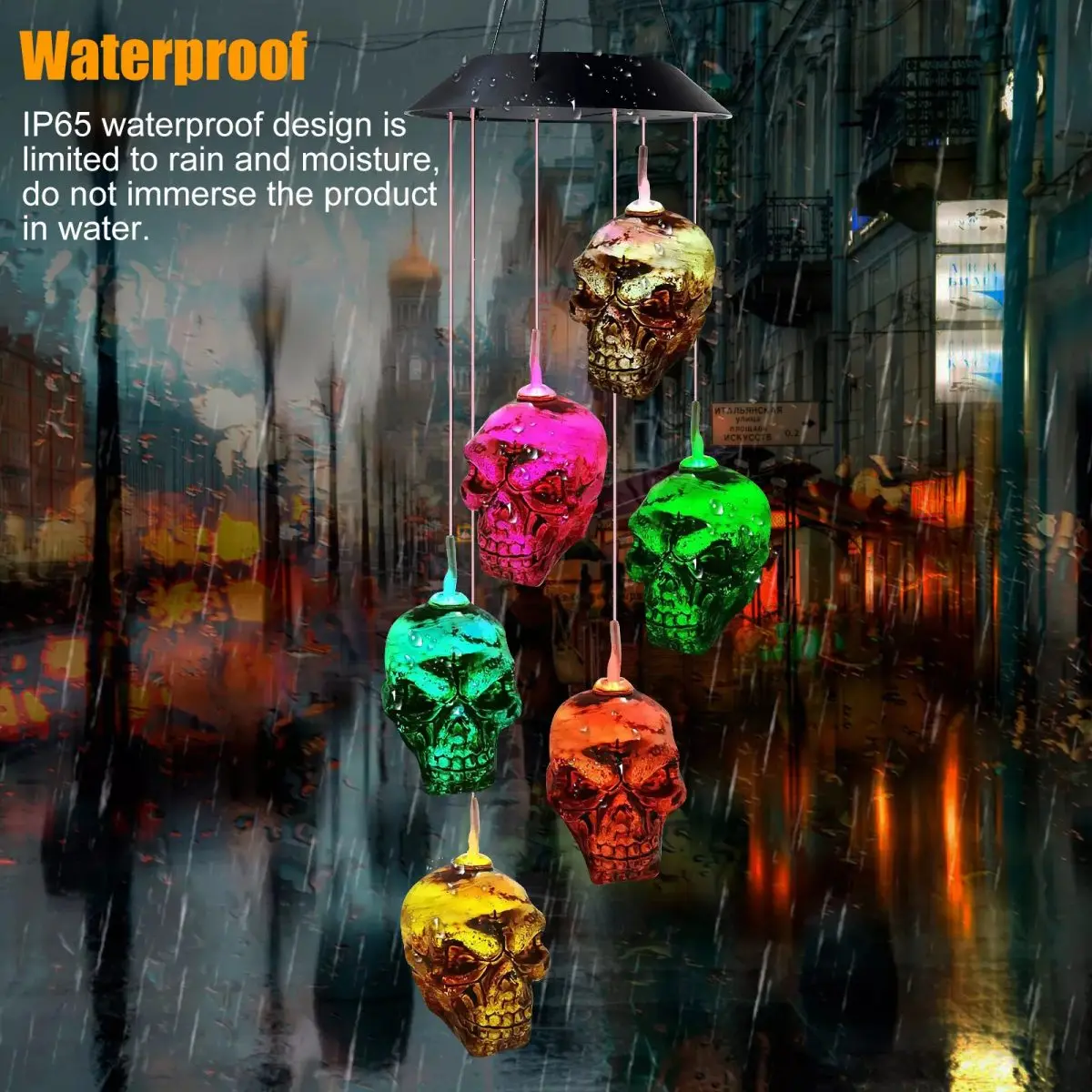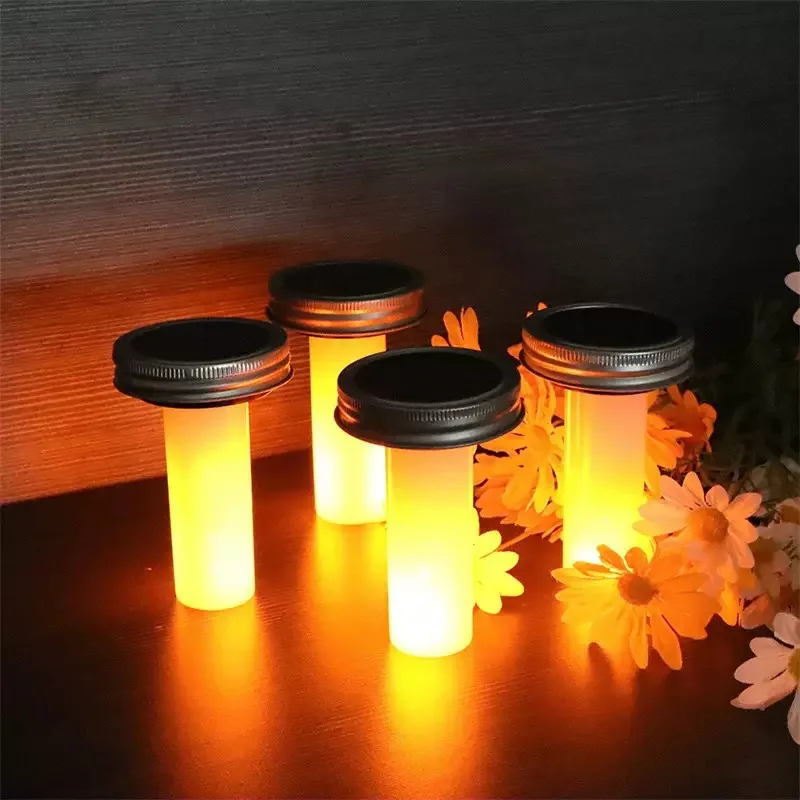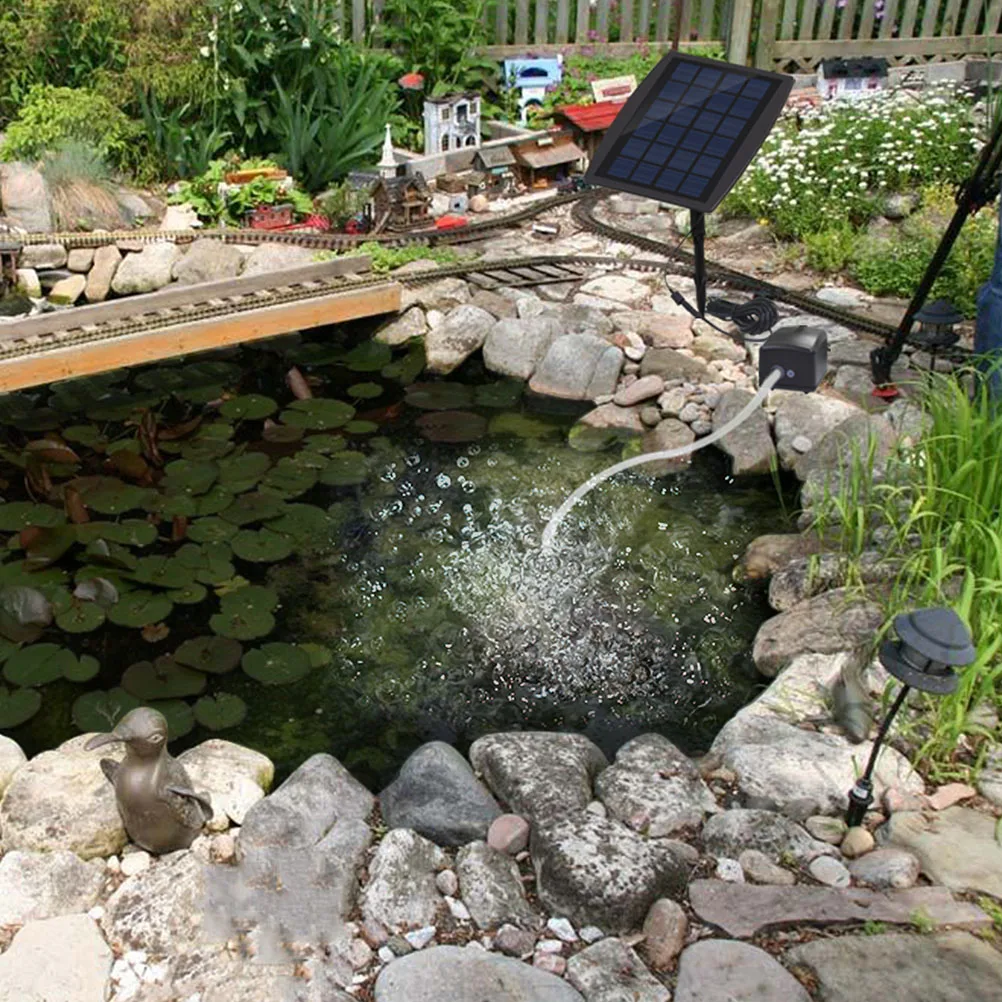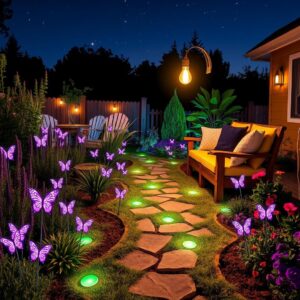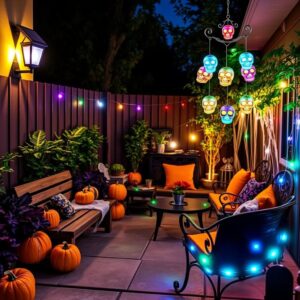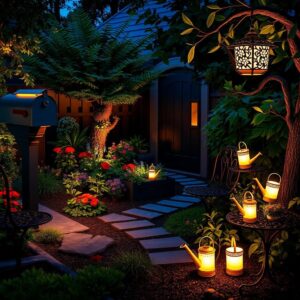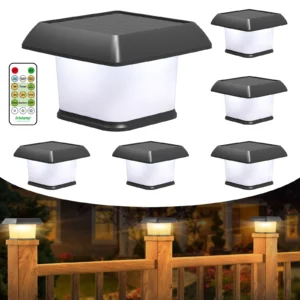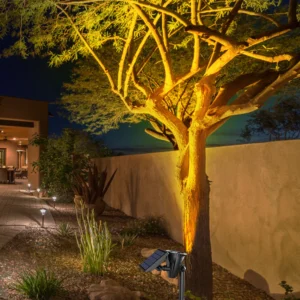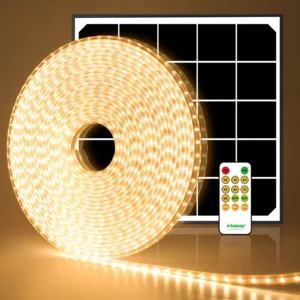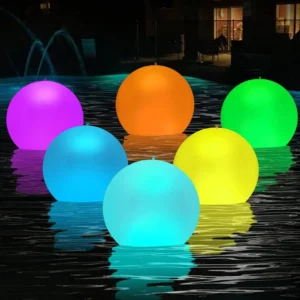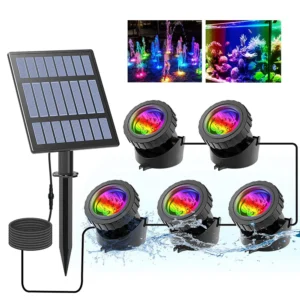Outdoor Solar Chandelier | Solar Pendant Light with Metal Carvings
1. Recent Innovations in Solar Flood Lights in 2025
Solar flood lights have taken a big leap forward this year. The innovations rolling out in 2025 are about delivering smarter, stronger, and more reliable outdoor lighting — all powered cleanly by the sun. Let’s cut to the chase and see what’s new.
First up, adjustable multi-head designs are stealing the show. These aren’t your old one-directional lamps. Imagine flood lights with two or even three heads, each able to pivot independently, covering up to 355 degrees. What this means in real terms: with one device, you can light a huge area without blind spots. And with brightness levels climbing above 3500 lumens, it’s not just wide coverage — it’s powerful glow. Perfect for security or spotlighting a big yard without needing several units thrown around.
Next, the solar panels themselves are smarter and tougher. They soak up sunlight more efficiently thanks to upgraded photovoltaic cells that juice up the batteries faster and hold the charge longer. Plus, built-in ambient light sensors flip the switch automatically at dusk and power down at dawn, so you’re never wasting energy needlessly. This simple but elegant automatic on/off dance keeps things running lean and green.
Speaking of batteries, the shift to LiFePO4 (lithium iron phosphate) batteries is a game-changer. These batteries outlast traditional lead-acid or standard lithium-ion types, resisting degradation and offering high reliability over many charge cycles. They’re less prone to overheating or safety issues, meaning your solar flood light system runs strong and steady through seasons of use.
Taken together, these advancements aren’t just technical upgrades; they’re practical wins. Whether you want security lights that tirelessly guard your home or ambient glow for evening gatherings, today’s solar flood lights bring better coverage, smarter energy use, and longer life — all without a single wire. 2025’s solar flood lights are shaping up to be the no-fuss, heavy-duty heroes of outdoor lighting.
Solar Watering Kettle Light – Iron Material Garden Decoration
2. Practical Uses of Solar Flood Lights
Solar flood lights have become far more than just a backup glow after sunset—they’re game-changers in how we light up our outdoor spaces with ease and efficiency. Whether you want to keep your home safe, brighten up community areas, or illuminate public spaces, these sun-powered warriors are up to the task, no strings (or wires) attached.
Outdoor Safety and Home Security
Picture this: a sturdy solar flood light mounted near your front porch or backyard, quietly waiting for movement. The built-in motion sensors detect a visitor or an unexpected prowler, flicking the light on instantly. This sudden burst of brightness not only startles potential intruders but also gives you peace of mind. Unlike traditional wired floodlights, these solar options operate independently, running on battery power recharged by daylight. This means no monthly electric bill spikes and no worries about electrical outages. They’re simple to install where you need them most—gateways, driveways, or dark corners—making sure your home stays safe without complicated wiring or hefty energy costs.
Creative Community and Landscape Lighting
Imagine your local park or shared garden path glowing gently with solar flood lights that soak up the sun by day and come alive at twilight. No messy cables or electric outlets—just a soft, natural light casting warm pools over pathways, seating areas, or cheerful fire pits. Perfect for creating inviting spots where neighbors gather, or kids trot safely after a dusk playtime. Solar flood lights breathe life into communal spaces, enhancing usability and security while preserving the environment. They’re a brilliant choice for communities aiming to add charm and safety without breaking the bank—or the landscape’s natural flow.
Commercial and Public Spaces
Solar flood lights are also making waves in bigger outdoor settings like parks, parking lots, and building perimeters. City planners and business owners appreciate their flexibility and low-maintenance nature. No trenching to lay wires, no fear of power failures in remote lots—just clean, green energy powering bright, reliable illumination where it counts. These lights help keep public areas welcoming and safe after hours, acting as silent guardians fueled by the sun. Plus, their eco-friendly footprint aligns perfectly with modern sustainability goals, making them as smart as they are practical.
In all these ways, solar flood lights stand ready to turn ordinary outdoor spaces into well-lit, secure, and welcoming places—all while tapping into the effortless power of the sun.
Waterproof Solar LED Garden Light for Outdoor Spaces
3. Recommended Features for Optimal Performance
When it comes to solar flood lights, not all are created equal. To get the most out of your investment, focusing on a handful of key features will make a noticeable difference. Here’s a no-nonsense look at what really counts for solid, reliable performance.
Motion Sensors for Energy Efficiency
One of the smartest additions you can get is motion sensors. These little sensors ensure your lights only blaze to life when there’s activity nearby. No wasting precious battery juice lighting up an empty yard all night long. It’s simple: movement triggers the light, and when things quiet down, the light dims or shuts off. This feature stretches runtime and boosts security by catching unexpected guests in the spotlight exactly when you want.
Waterproof and Durable Construction
Your solar flood lights will spend their life outdoors, exposed to rain, snow, dust, and wind. Choosing models with solid waterproof ratings—think IP65 or higher—means they stand up to all weather conditions without missing a beat. Rugged build quality isn’t just about surviving a storm; it’s about consistent, steady performance for years to come. Building toughness into your lights means fewer replacements and less hassle.
Quality Battery Choices
Batteries matter more than most realize. The latest solar flood lights increasingly rely on LiFePO4 (lithium iron phosphate) batteries. These are champions in delivering longer life cycles, better stability, and safer chemistry compared to older lithium-ion versions. What you get is a battery that reliably stores the sun’s energy day after day, without losing capacity or posing safety concerns. When picking your flood light, check if it uses these batteries or something equivalent.
Brightness and Coverage
Finally, light output and coverage can’t be overlooked. Lumens tell you how bright a light will shine. For a good all-around outdoor flood light, aim for something with 2000 lumens or more—enough to cast wide, clear illumination. Adjustable heads add flexibility, allowing you to direct light exactly where you need it. Whether it’s lighting a driveway, a backyard corner, or a commercial space, being able to fine-tune the spread of light ensures you’re not left in the dark or blinding your neighbors.
In short: the best solar flood lights marry smart energy-saving sensors, tough waterproof construction, reliable long-life batteries, and generous brightness with flexible coverage. This combo ensures you get dependable, bright, and efficient lighting that feels as rugged as it is practical.
Solar Lanterns LED Outdoor Garden Yard Decoration
4. Performance in Different Weather Conditions
Solar flood lights are champions of efficiency under bright skies, but Mother Nature isn’t always so cooperative. When winter clouds roll in or rainy days linger, these lights face a tougher challenge. Expect their output to dip roughly 30-50% during low sunlight conditions. It’s not a flaw—it’s a fact of life when relying solely on the sun’s goodwill.
Cold weather can slow batteries too, particularly if they’re not upgraded units. Traditional batteries lose charge faster in the chill, but modern LiFePO4 batteries stand strong, maintaining their stamina even when temperatures dip. Still, you can’t cheat the weather; less sun means less power stored for the night.
So, how do you get the most out of your solar flood lights no matter the forecast? Start with smart placement. Panels crave direct sun—avoid shadows cast by trees, rooftops, or walls that sneak up as the sun arcs lower in winter. Angle panels toward the midday sun when it’s highest to maximize absorption. Give those panels a wipe now and then; a layer of dirt or frost acts like a veil, blocking precious rays.
Technology steps up here too. Some models now include solar panels with better sensitivity to diffuse light, squeezing energy from overcast skies. Others smartly adjust brightness depending on battery charge levels, conserving power on dim days to keep your yard softly lit through the night.
For the truly hardiest setups, combining solar flood lights with energy-efficient motion sensors means lights only dazzle when they need to, cutting wasted juice—especially handy when the sun is stingy.
In short, solar flood lights may bend with the moods of weather, but with savvy choices in placement, battery tech, and energy-saving features, they keep your outdoor space glowing year-round, rain or shine. No fuss, just steady, sustainable light when you want it most.
Halloween Skull Wind Chime with 6 Color Changing LED Lights
5. Solar Flood Lights Installation Tips
Getting your solar flood lights up and shining shouldn’t feel like a chore. With the right approach, installation can be straightforward, fast, and cost-effective—even if you’re tackling it yourself. Here’s a no-nonsense guide to help you mount your solar flood lights where they’ll soak up sunlight and brighten your nights with minimal fuss.
Simple Mounting Solutions
Most solar flood lights are designed for easy installation—think wall or pole mounts that come with the hardware you need. Screws, anchors, and brackets usually do the trick. Pick a sturdy surface: a wooden fence, exterior wall, or a metal pole. Drill a couple of holes, fix the mounting brackets, and clip or screw the lights on. No complex wiring, no electricians needed. The goal? A solid setup that won’t budge in wind or rain, standing firm through every season.
Placement for Maximum Sunlight Exposure
Here’s the heart of solar lighting success: panels need sunlight. Mount your flood lights where the solar panel faces direct sunlight for most of the day. Avoid shady spots under tree canopies or heavy eaves. Even a little shadow can cut charging efficiency and dim your evening glow. Ideally, panels should angle toward the sun’s usual path—south-facing if you’re in the northern hemisphere. Also, keep panels dust-free; a clean surface helps them soak up those rays like magic.
Step-by-Step Installation Guide
- Scout Your Spot: Walk the perimeter of your garden or building to find a sun-drenched location with the right sightlines to cover your target area.
- Mark Mount Points: Hold your flood light’s mounting bracket up and mark where the screws will go. Use a level if you want that perfect horizontal line.
- Drill and Anchor: Choose the right drill bit—masonry for bricks or concrete, wood bit for fence posts. Insert anchors if needed to keep screws tight and secure.
- Attach Mount Brackets: Screw the bracket firmly into place; it needs to handle the light’s weight plus wind pressure.
- Mount the Lights: Clip or screw your solar flood lights onto the bracket, positioning the solar panel to catch the sun.
- Test and Adjust: Let it charge in daylight, then test activation—many models have a manual on/off switch. Adjust angles if shadows appear or coverage feels weak.
This simple setup gets you glowing nights without a tangle of cables or hefty electric bills. Your solar flood lights reward your effort with security, ambiance, and an eco-friendly touch—proof that smart, Spartan installation leads to a brighter, better backyard.
Solar Mason Jar Light – LED Flame Flickering Decorative Lights
6. Environmental Benefits of Solar Flood Lighting
Solar flood lights do more than just brighten up your outdoor spaces—they offer a simple, powerful way to shrink your carbon footprint and tread lightly on the planet. By tapping into the sun’s free and endless energy, these lights cut down the need to burn fossil fuels, which means fewer greenhouse gases clogging the atmosphere. Think of each solar-powered glow as a small but steady blow against climate change.
Unlike traditional lighting that siphons power from coal or gas-fired grids, solar flood lights are fueled by renewable energy straight from the sky. This clean energy source not only lights up your yard but does so without burning anything or creating messy pollution. That means no harmful emissions escaping into the air and no risk of water contamination from fuel spills or chemical runoff. It’s outdoor lighting with a conscience—silent, clean, and endlessly sustainable.
When it comes to environmental impact, the footprint of solar flood lights is exceptionally light. They require minimal resources to run since sunlight is free and abundant. The manufacturing processes have improved too, focusing on recyclable materials and longer-lasting components like LiFePO4 batteries that reduce waste over time. The result? Less trash, fewer replacements, and a steady light that serves you season after season without leaving a heavy mark on the Earth.
Solar flood lighting also plays a subtle but meaningful role in advancing global sustainable development goals. By providing affordable, off-grid lighting solutions, they empower communities without reliable electricity, improving safety and quality of life while guarding natural resources. Whether lining a city park or lighting a quiet garden path, each solar light is a tiny step toward greener, more self-sufficient living.
In essence, choosing solar flood lights isn’t just about convenience or ambiance. It’s an eco-friendly nod to the future, a smart move that cuts emissions, conserves resources, and champions renewable energy. When night falls, let your outdoor spaces shine with solar brilliance—clean, green, and good for the planet.
Portable Solar Oxygen Pump for Aquarium and Pond Aeration
7. Common Solar Lighting Challenges and Solutions
Solar flood lights bring a punch of eco-friendly illumination to your outdoor spaces, but like any tech, they come with a few quirks. The good news? Almost every challenge has a simple fix that keeps your garden glowing and your security sharp.
First up, brightness limitations—this one trips up gardeners and homeowners who want to bathe a large yard or property in light. A single solar flood light can only do so much; its glow is limited by the size of its panel and battery. The fix? Combine multiple units spaced strategically, or opt for adjustable multi-head designs with wide coverage angles. Think of it as stitching together patches of sunlight into one big luminous quilt. This approach lets you tailor the light’s spread, ensuring no dark corners sneak past.
Next, maintenance is the unsung hero keeping your solar lights in top form. Dirt, dust, and debris quietly smother solar panels, cutting down on their sun-absorbing superpowers. To avoid dim nights, make cleaning your panels a simple routine—wipe them gently with a damp cloth now and then, especially after dusty seasons or storms. This little effort keeps the charge cycles strong and consistent.
Placement is another biggie. Human intuition can be off—shadows from trees, roofs, or fences can easily hide your solar panels from the sun’s daily gift. Scout your site to make sure panels bask in direct sunlight for most of the day. Morning and afternoon light both count. Think of solar panels as sun-catchers; the better their “view,” the brighter your nights.
When sensors go funky or lights dim unexpectedly, don’t panic. Sensor malfunctions often stem from obstructed views, too close proximity to heat sources, or even simple software glitches. Resetting your sensor or repositioning the light usually does the trick. Battery degradation, on the other hand, is a natural decline after years of charge cycles but can be minimized by choosing robust LiFePO4 batteries and avoiding complete discharges.
In short, tackling solar lighting snags is about smart planning and a little TLC. With the right setup and upkeep, your solar flood lights will shine strong and steady, turning your outdoors into a radiant haven that’s both practical and planet-friendly.

